We’re halfway through December and I thought I’d share some common small space decorating mistakes and design dilemmas that you definitely don’t want to take with you into the new year. If any of these small space decorating problems resonate with you then keep reading for some easy ideas to fix them!
If you are in the early stages of a decorating project in your new home, or even redecorating to elevate the spaces in your home, then today’s post is for you. I often share a lot of posts for small space dwellers and am a big believer that any one space can be transformed and made into better homes. So if any of these decorating problems sound familiar then definitely keep reading!
To create an interior space that you’re happy with in your home takes a bit of effort. We all want beautiful homes, but in order for that to happen you sort of need to understand the fundamentals of basic interior design, the do’s and the don’ts. And I want to note of course that a beautiful home doesn’t have to be perfect nor does it have to look like it’s straight out of some editorial magazine. But there are some design principles that will help you rectify any small space decorating problems.
Follow Us On Pinterest!
Basic Interior Design Principles To Follow
There are some basic principles that interior designers swear by when it comes to decorating any space. These interior design principles can be applied to any and every room in your home if you want to create a living space that feels like you put in some effort to decorate your home. Any interior designer will make it known that to avoid common decorating dilemmas, you should be following these 7 principles of design:
- Balance
- Harmony
- Rhythm
- Proportion & Scale
- Emphasis
- Contrast
- Details
Common Decorating Mistakes In Small Spaces
- Starting Without A Plan
- Make Clutter Visible
- Over Decorate
- Underestimate Good Lighting
- Lack A Common Thread
- Block Flow In A Space
- Jump On Every Design Trend
- Ignore Proportions & Scale
- Hide Architectural Details
- Fill Every Empty Space
- Forget About Functional Design
- Pay Little Attention to Details
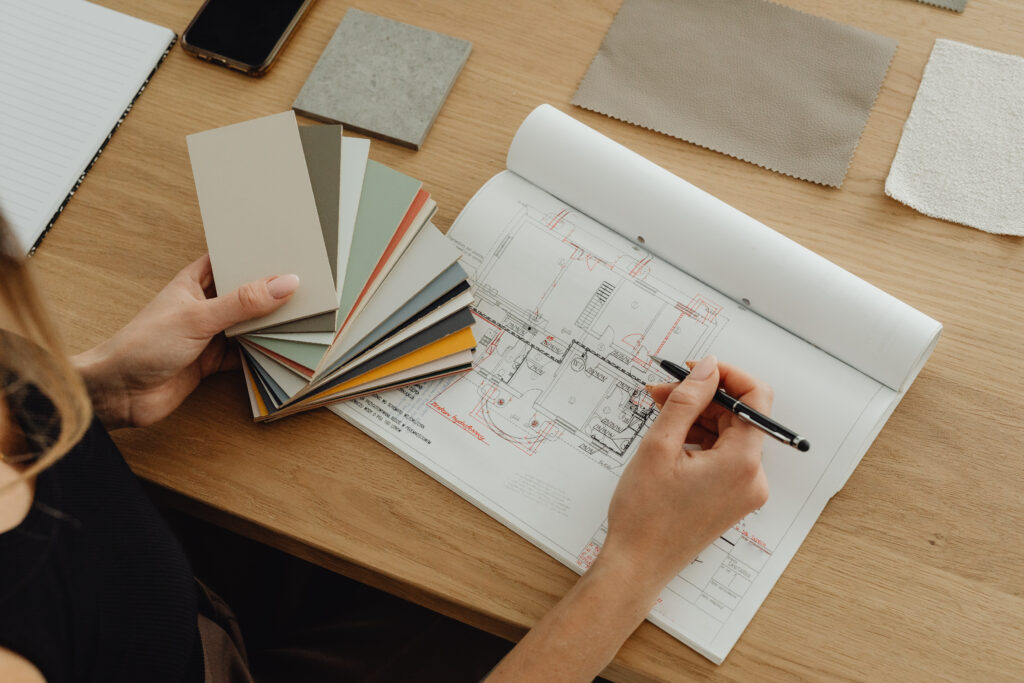
Don’t Do This: Starting Without A Plan
Can we just pin this one for the new year. While I do believe there is beauty in chaos, and that sometimes jumping right in– I am a planner. I am a firm believer that most of the time planning ahead is not only efficient, but it’s also a good way to deal with all of the incidentals that come your way. For instance, you order a couch, but it’s way too big for your space. Or how about your ordered a couch with the right dimension, but it doesn’t actually look right in your space.
Do This: Spend Some Time Space Planning
I’ve spoken about this in a few different posts, but I think nothing is more helpful when it comes to decorating then mapping out your space and seeing it visually. I love utilizing virtual decorating as a way to plan out how I want a space to look. I actually have used this method to help several family members redecorate. Space planning is integral to this process.
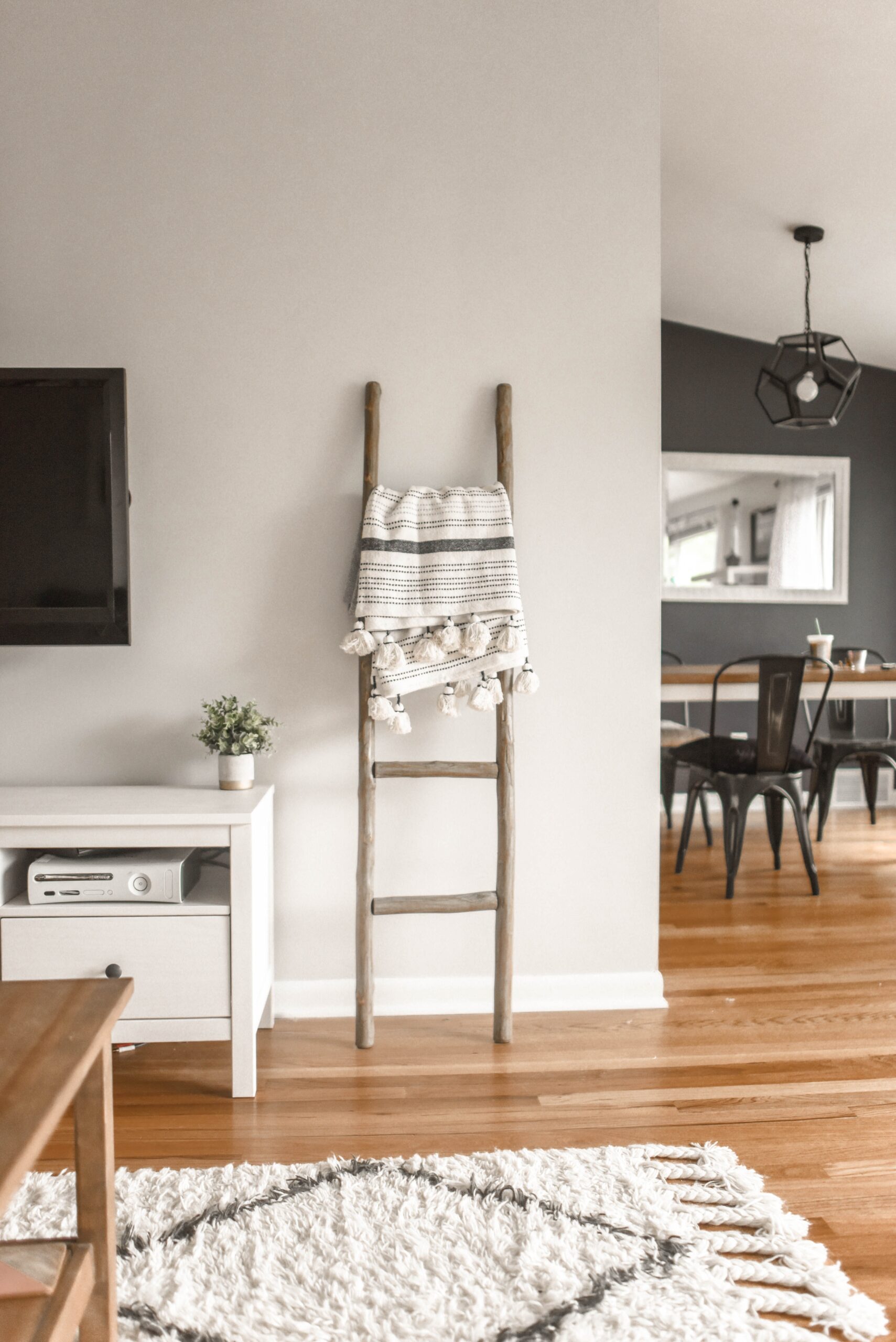
Don’t Do This: Make Clutter Visible
One of the common problems in tiny homes is visible clutter. That is a big no no particularly in smaller homes. Clutter instantly makes a small room appear that much smaller, not to mention it distracts from any style the interior design may offer.
Do This: Organize Your Spaces and Utilize Storage
Utilize any opportunity to store away things especially in common areas like the living room, bathroom, kitchen and bedroom. Closets, shelves, cupboards and even discreet places like underneath your bed are all great areas in your space to organize and store that chaos. And if you’re lacking the room to store items then consider

Don’t Do This: Over Decorate
Interior design can be a little intimidating and can leave many feeling like they are doing enough to the home. As a result the opposite becomes true and we end up doing the absolute most. That can also be attributed to the countless and inspiring ways to decorate a space.
You may love the idea of painting an accent wall but also want to add wallpaper to your walls. You may love a certain colour and go completely over the top with it. Perhaps there’s a particular pattern you adore and suddenly your floor tiles match your throw pillows. Or maybe you love a certain fabric and everything from your sofa to your curtains is in said fabric.
Do This: Fine Tune Your Style
You can have an eclectic sense of style and still follow the basic principles of interior design. But remember balance is key. If you know you love colour in your home then add a pop of those colours. If you love pattern then add some in a minimalist fashion to start. Play with different textures too, they can contribute to a cozy feel. Just remember not to go overboard and make sure everything is balanced out so there’s still an element of sophistication in the space.
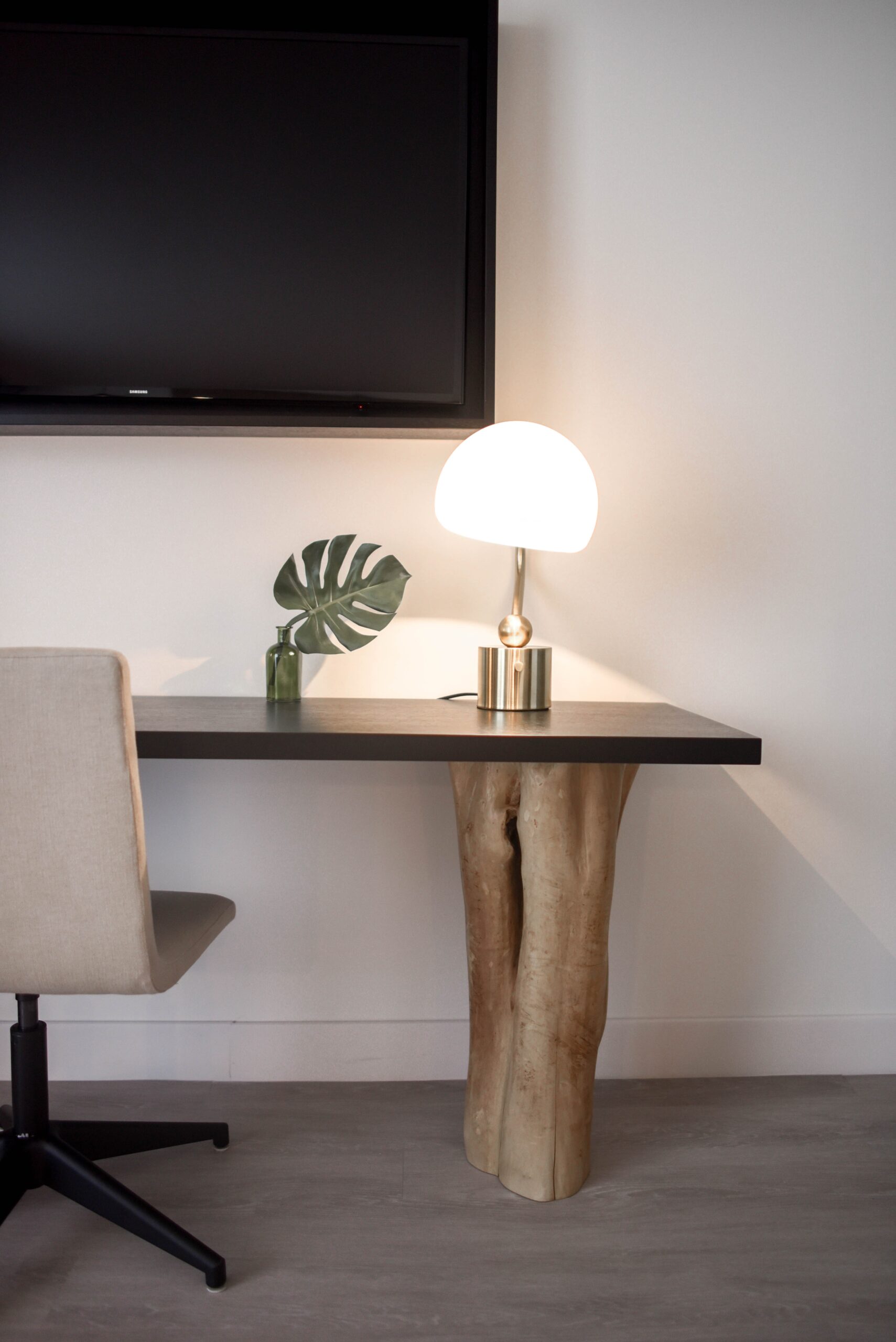
Don’t Do This: Underestimate Good Lighting
All too often, people make the mistake of underestimating the importance of good lighting in a small space. Not only does good lighting help to build an inviting and cozy atmosphere in your home, but it also helps to enhance the overall design and aesthetic. Without proper lighting, even the most beautifully decorated space can feel dark and cramped.
Do This: Use Various Lighting Techniques
There are many options for artificial light in the home. Floor lamps, table lamps, wall sconces, recessed lighting, chandeliers and pendant lamps to name a few. You can use lighting in your small space to manufacture different moods and effects. For example, you might choose to use warm, floor lamp for ambient lighting to produce a cozy atmosphere in your living room or bedroom.
Alternatively, you might opt for brighter task lighting in areas such as the kitchen or bathroom or even table lamps for reading corners to help optimize functionality and enhance efficiency. Other options include using layered lighting techniques to add visual interest and depth, such as adding a statement pendant light over your dining room table.

Don’t Do This: Lack A Common Thread
When decorating a small space, it is important to consider the overall aesthetic and style of the room. This means choosing a common theme, style or color scheme that runs throughout your space and serves as a unifying element. Without this focus, your small space can feel disjointed and cluttered, which can overwhelm the room and make it appear even smaller than it is.
Do This: Tie In Color, Shapes or Styles
To avoid this common decorating mistake in your small space, consider carefully the overall style and design elements you want to incorporate. Choose a common theme or color scheme that can help tie everything together, such as using earthy tones for a natural and rustic feel or bold pops of bright colors for an eclectic and eclectic look. Additionally, consider using similar shapes or styles throughout your space, such as a modern aesthetic for your home furnishings or vintage touches for a retro feel.

Don’t Do This: Block Flow In A Space
When decorating a small space, it is also important to consider the flow of the room. This means thinking about how you can maximize functionality and avoid creating dead spaces or blocking sight lines that may limit how your space functions. You want to be able to move easily through your space and make use of every area, while also ensuring that your furnishings and decor are arranged in a way that doesn’t overcrowd or overwhelm the room.
Do This: Create Easy Flow
To avoid blocking the flow in your small space, try to think about how you can delineate different zones for different purposes. For example, you might choose to place your living room furniture or seating around a focal point, such as a fireplace or TV. Or you might choose to design an open-plan layout for your kitchen and dining area to make it feel more spacious. Additionally, you can use rugs or other furniture placement techniques to help define different functional spaces within your space.
Avoid placing large furniture pieces like couches or bulky cabinets in front of windows or doors to ensure optimal light and circulation throughout the room. Additionally, consider using different types of furniture pieces such as curved or round furniture or smaller accent tables to create a sense of openness in the space and allow for more flow.

Don’t Do This: Jump On Every Design Trend
Next it’s important to avoid jumping on every design trend. While you may be tempted to incorporate every new trend that comes along, this can quickly take over your small space and overwhelm the room.
Do This: Choose Only Relevant Trends
Make sure to carefully curate the design elements you add in your space. Consider choosing fewer trends that work well together and fit within your overall style or theme for a cohesive aesthetic. Instead of focusing on every little trend that comes along, try to decide only on trends that are relevant and well-suited for your space. This means thinking about the overall style, theme, or color scheme that you’ve chosen for your small room, and then choosing design trends that match this aesthetic.

Don’t Do This: Ignore Proportions & Scale
Proportions and scale are integral when minimal living space is available; failing to account for these can produce an atmosphere that is physically and visually overcrowded. This occurs when furnishings are either too large or improperly sized in relation to one another.
Do This: Use Proportions & Scale to Create Balance
To avoid this common decorating mistake in your small space, think carefully about the proportions and scale of all of your furniture pieces. For example, using small accent tables or side chairs can help fill an empty corner without overwhelming the space. In addition, try to use furniture with similar proportions or size, such as using a small sofa and side chairs to make a cohesive aesthetic.
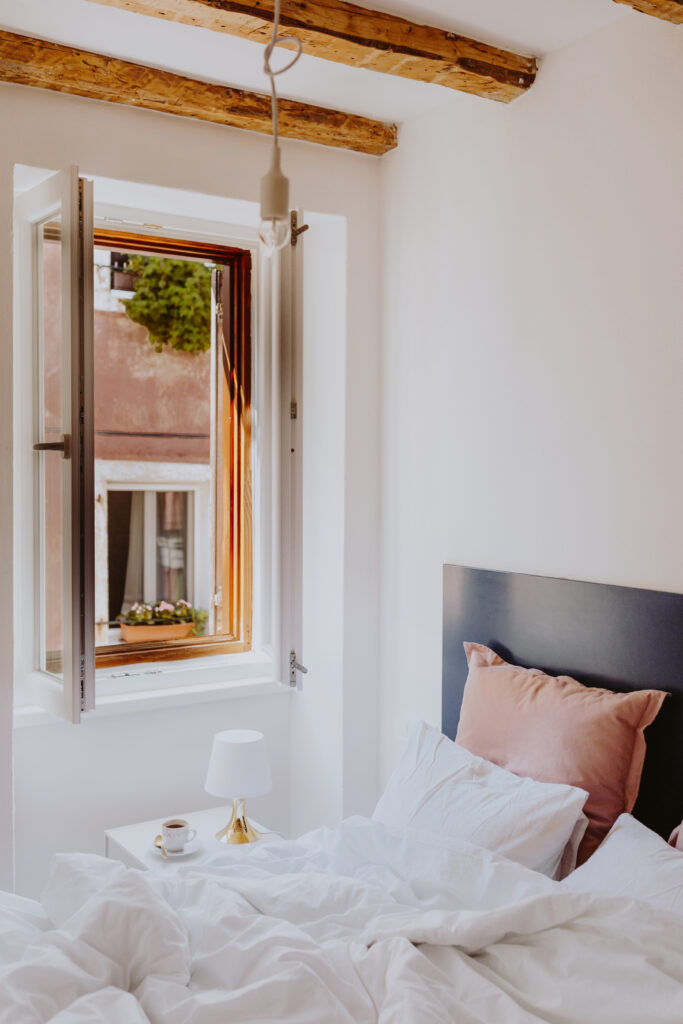
Don’t Do This: Hide Architectural Details
When decorating a small space, it is essential to pay attention to the architectural details of your room. One common mistake that people make when decorating a small space is attempting to hide these details by placing heavy pieces of furniture or bulky accessories directly in front of windows, doors, fireplaces, etc. This can result in an awkward and cluttered feel, as well as block sight lines that may limit how your space functions.
Do This: Showcase Architectural Details
Instead of trying to hide these architectural details or blocking them with heavy furniture pieces, try to highlight them instead. For example, if you have a large window in your bedroom, consider using light, airy curtains or window treatments that allow the light to shine through.
Or if you have a beautiful fireplace in your living room, consider using decorative accessories such as framed art and vases to show it off instead of hiding it behind furniture. By showcasing these architectural details and highlighting their beauty, you can help make your small area feel more spacious.
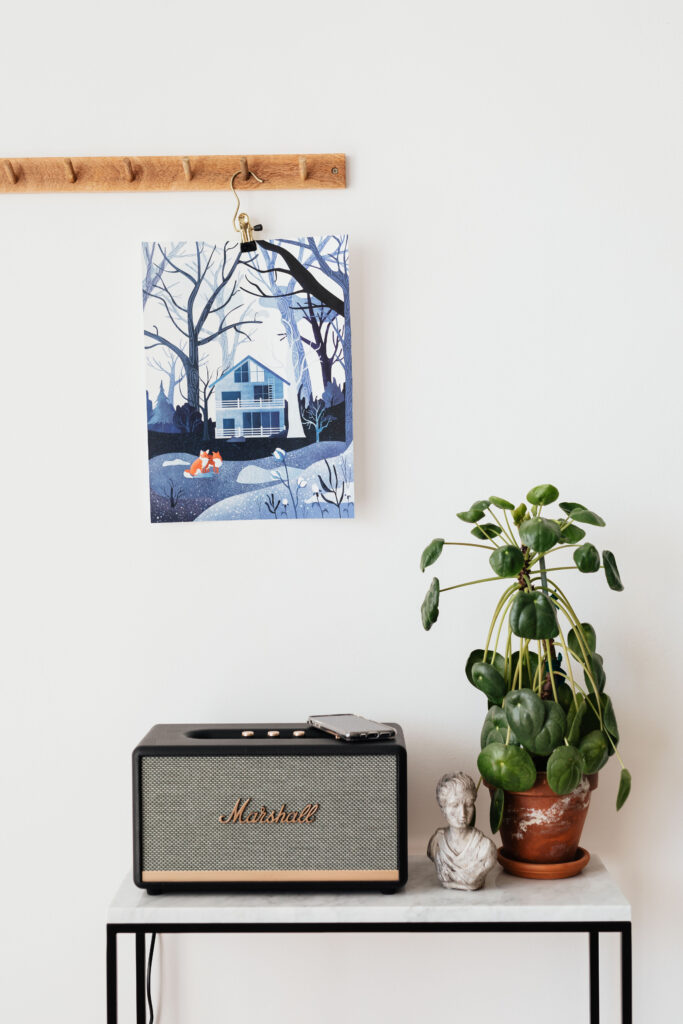
Don’t Do This: Fill Every Empty Space
Another common mistake that people make when decorating their small rooms is trying to fill every empty corner or nook with some type of furniture or decorative accessory. However, this can quickly overwhelm your room and make it feel cramped and congested. From hanging art to adding some decorative objects on surfaces, sometimes negative space can be a good thing.
Do This: Use Empty Space to Your Advantage
Instead of trying to fill every empty space in your small room, try to use it to your advantage. For example, if you have an empty corner in your living room, consider placing a decorative accent table there instead of a chair or sofa. Alternatively, if you have an empty wall in your bedroom, try hanging art or a large mirror or to help make the illusion of more space in your room. By strategically using empty spaces to highlight key design features and improve the overall look and feel of your small room, you can make it feel more open and spacious without cluttering it up.
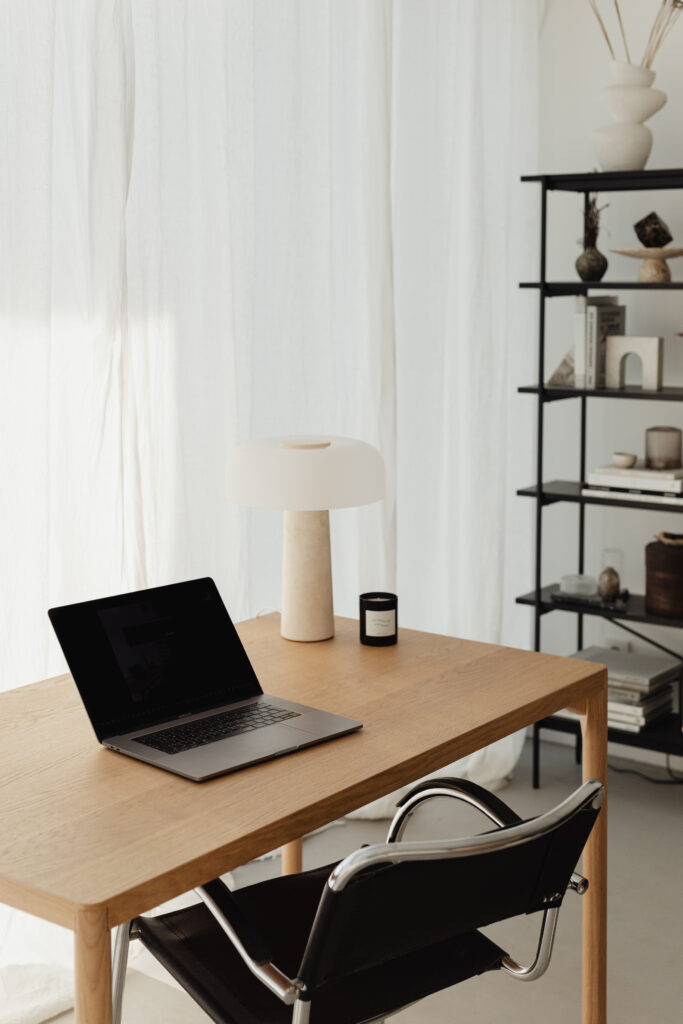
Don’t Do This: Forget About Functional Design
Decorating problems can certainly be centered on the lack of functional space in the home. When decorating a small dwelling, you need to consider the overall functionality of your room and how it can serve you better. This can mean surfaces on tables or an entire room that is used to store things. And failing to utilize functional areas and can lead to a frustrating and overwhelming space. Whether it’s a dining table or a living room that is used for both lounging and working, it’s important to design your small space with thoughtful considerations for its intended purpose.
Do This: Prioritize Functionality in Your Design
To create a functional and practical small space, it’s important to prioritize functionality. This means evaluating the different areas in your home and assessing how you plan to use them. It’s important to think about how you can make the most of every square inch of your room. One way to make the most of every space in your room is by utilizing functional areas such as entryways and walkways.
For example, try using a decorative bench in your entryway to provide extra seating while also providing additional storage. You can also use built-in shelves or cabinets in your walkway to provide extra storage and display space for your decorative accessories. By utilizing these functional spaces strategically, you can help maximize the functionality of your small room without taking up any extra floor space.
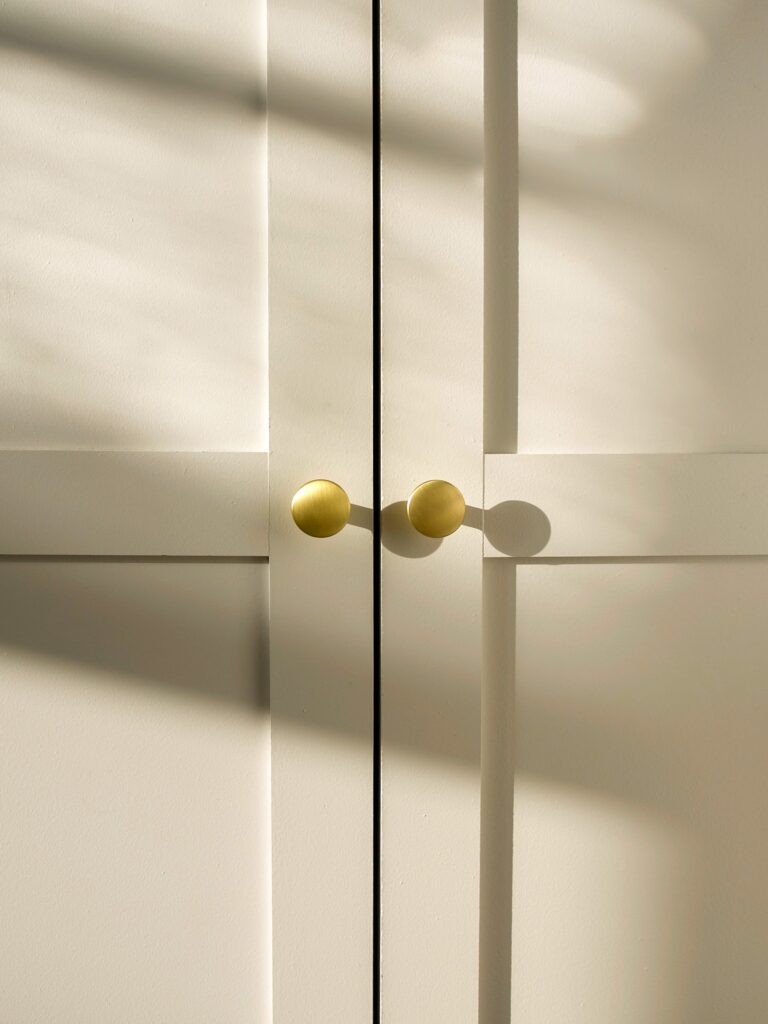
Don’t Do This: Pay Little Attention to Details
Sometimes in a small living space, little details often draw the most attention even when you think no one will notice. Which can be good or bad depending on your space. A problem I often see in decorating is the need for big drastic change to a space. Whether it’s some bold new wall color or going overboard with design, sometimes the devil is in the details. And missing the smaller design elements in your home can be a bigger mistake.
Do This: Emphasize the Details in Your Design
To create a well-designed small space, it’s essential to pay attention to the details. Consider not only the big design elements in your room, such as the layout, color scheme, and storage options, but also smaller details like cabinetry hardware or light fixtures or replacing a bathroom mirror even.
Focusing on the details in your design can also be a great way to add personality and character to the space. For example, you could accessorize with art and decorative objects. Try hanging an interesting piece of artwork on the wall or placing a vase with fresh flowers on your coffee table. Add some rugs to your flooring if you haven’t already.
By using these small design elements strategically, you can help make your small space feel more inviting and personalized. So remember to focus on the details when decorating your small space!
There you have it, the decorating mistakes to avoid and easy solutions to fix them! Hopefully today’s post offered you easy tips to help you solve any dilemmas you might be having in your home. Be sure to subscribe for some more helpful small living interior tips!
